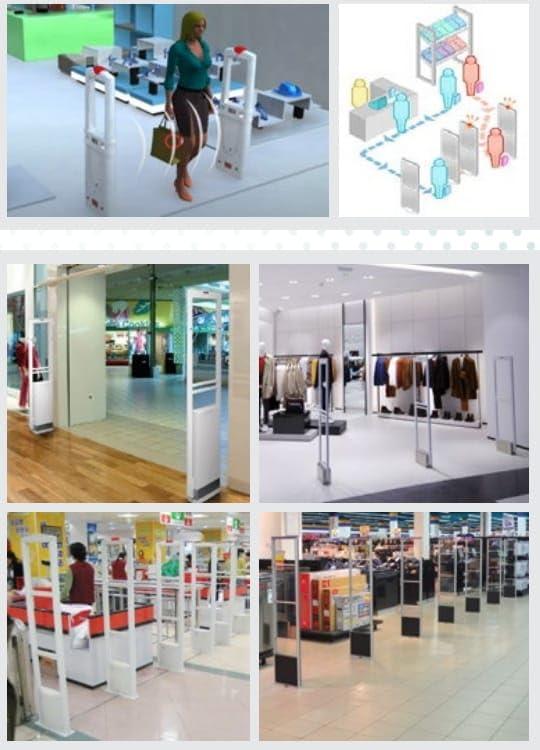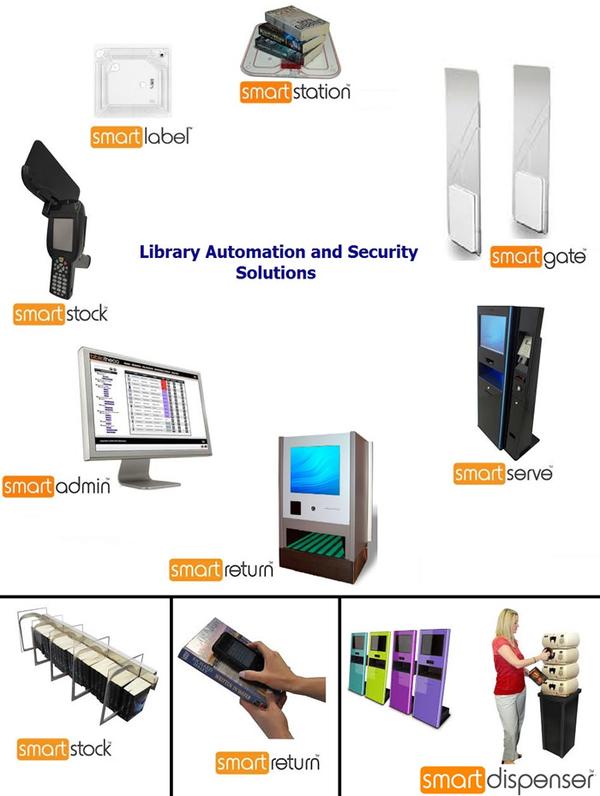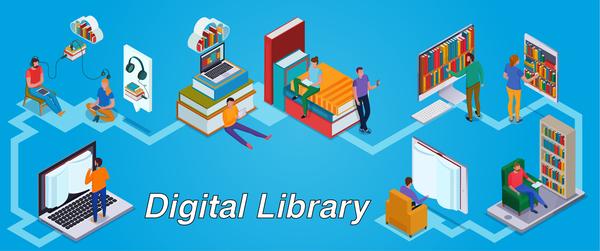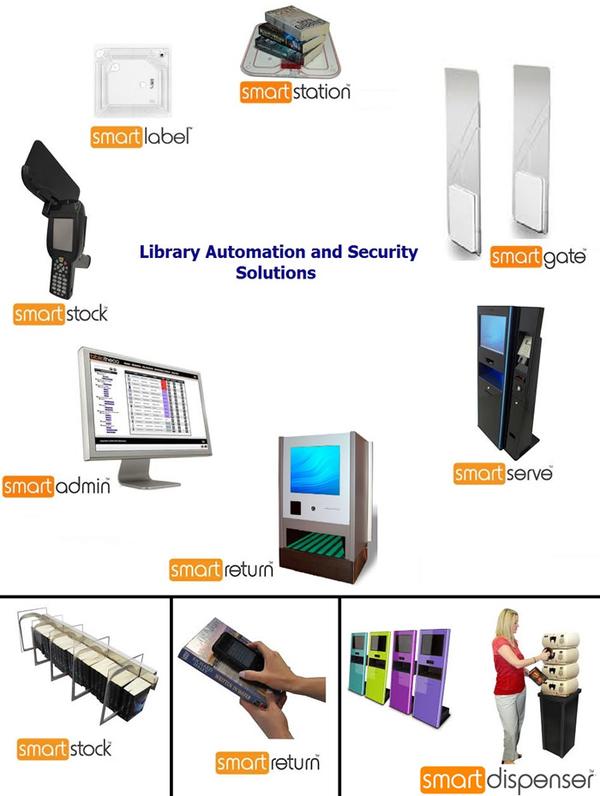Security / Sensors/ Anti-Theft / EAS Security System
Library digitalization refers to the process of transforming traditional, paper-based library systems into modern, technology-driven environments by using digital tools and technologies. This transformation aims to improve accessibility, management, preservation, and user experience.
In a digitalized library, physical resources such as books, journals, and documents are either supplemented or replaced by digital formats. Library services are automated through Library Management Systems (LMS), digital catalogs, online databases, RFID-based tracking, and cloud-based access.
Digital Catalog (OPAC): Online searchable access to book and resource listings.
E-Books and Journals: Access to digital versions of books and academic content.
RFID/Barcode Systems: For automated check-in/check-out and inventory control.
Self-Service Kiosks: Allow users to borrow/return books independently.
Cloud Integration: For remote access to digital resources.
Security Systems: Anti-theft gates and surveillance integrated with digital logs.
Send Message





